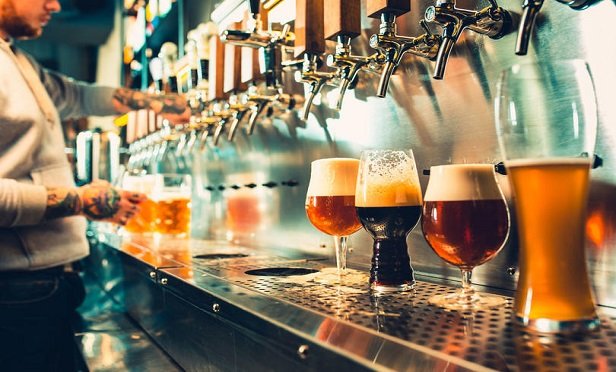 Agents and brokers should be able to present underwriters with a full breakdown of how alcohol is sold and consumed at a business seeking coverage. This is critical to understand as this liability and exposure can differ based on the type of business. (Credit: Master1305/Shutterstock)
Agents and brokers should be able to present underwriters with a full breakdown of how alcohol is sold and consumed at a business seeking coverage. This is critical to understand as this liability and exposure can differ based on the type of business. (Credit: Master1305/Shutterstock)
The microbrewery market is built on innovation — innovation in flavors, business models and even beer names. Yet this modern, clever and adaptable industry is beholden to some comparatively old rules, regulations and laws. So-called dram shop laws determine to what degree a bar or other seller of alcohol is liable for injury caused to or by their intoxicated patrons. These laws vary state-by-state, which means businesses in different states assume different levels of liability when they serve wine, beer and liquor. No matter the state, there are a few things insurance professionals should know about these laws and regulations to help limit insureds' liability.
Recommended For You
Want to continue reading?
Become a Free PropertyCasualty360 Digital Reader
Your access to unlimited PropertyCasualty360 content isn’t changing.
Once you are an ALM digital member, you’ll receive:
- Breaking insurance news and analysis, on-site and via our newsletters and custom alerts
- Weekly Insurance Speak podcast featuring exclusive interviews with industry leaders
- Educational webcasts, white papers, and ebooks from industry thought leaders
- Critical converage of the employee benefits and financial advisory markets on our other ALM sites, BenefitsPRO and ThinkAdvisor
Already have an account? Sign In Now
© 2025 ALM Global, LLC, All Rights Reserved. Request academic re-use from www.copyright.com. All other uses, submit a request to [email protected]. For more information visit Asset & Logo Licensing.








